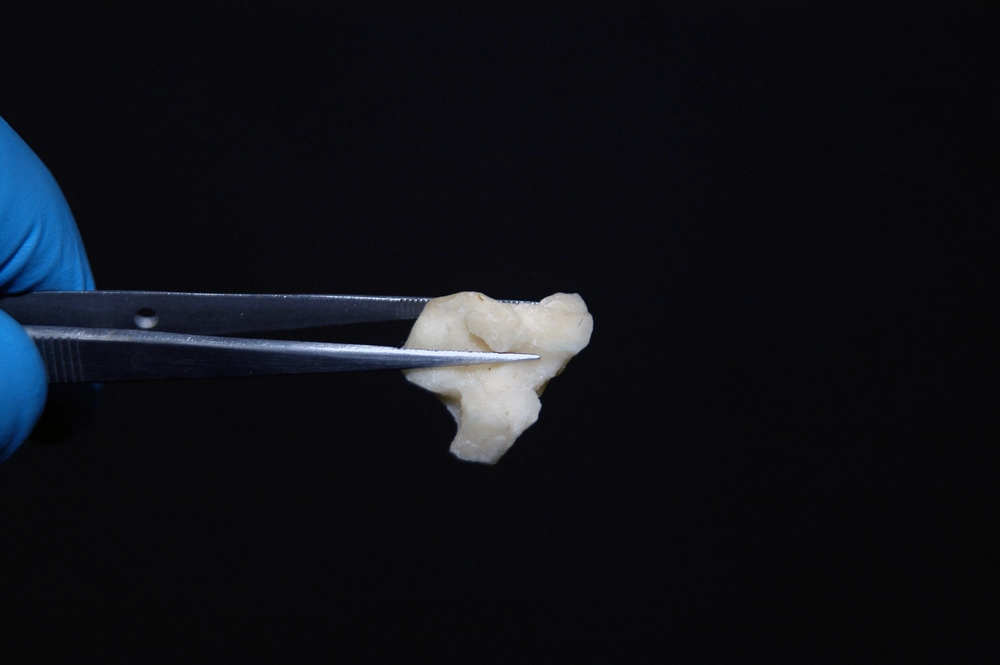Understanding Crack Addiction

Ever since it became popular in the 1980s, crack has become a major player in the drug epidemic spreading across the United States of America. Crack is a drug that is made from cocaine, but it comes in a larger crystal form. Users heat it and smoke it as opposed to snorting it like powder cocaine. Crack is also much cheaper than powder cocaine, but it is far more addictive.
Crack is usually considered to be a more dangerous substance than powder cocaine because smoking it delivers a more intense and immediate high than snorting it does. Crack addiction is very difficult to overcome, but it’s possible with the right treatment from a treatment center with addiction specialists and healthcare professionals.
If you are one of the millions of residents in the United States that is being affected by crack addiction, it is not too late to ask for help and seek drug addiction treatment. Crack has a horrible reputation for being one of the most difficult substances to stop using. Seeking crack treatment from a treatment center will give you a chance to live a healthy life free from addiction.
The Names for Crack
Crack is an illegal substance that has no medicinal value. It can only be found on the street. It has many slang street names. These names are often used to evade the attention of loved ones or the police. If you hear someone you love mentioning any of these names, they may be using crack cocaine:
- 24-7
- Baby T
- Beat
- Glo
- Kangaroo
- Nuggets
- Love
- Beemers
- Hail
- Biscuits
- Hard ball
- French fries
- Troop
- Fat bags
- Tornado
- Crumbs
- Electric kool-aid
- Topo
- Snow coke
- Devil drug
- Paste
- Kryptonite
- Roxanne
- Cubes
- Hell
- Piece
- Boulders
- Bump
The Effects of Long-Term Abuse of Crack
The longer a person uses crack cocaine, the more likely they will be to experience the more serious side effects. Crack is a severely dangerous drug, and it is often mixed with other chemicals. There are many long-term effects of crack abuse including:
- Stroke
- Heart disease
- Lung damage
- Liver damage
- Kidney damage
- Respiratory failure
- Heart attack
- Chest pains
- Tooth decay
- Contraction of infectious disease
- Sexual dysfunction
- Infertility
- Malnutrition
- Partaking in risky behavior
- Psychosis
- Severe depression
- Paranoia
- Disorientation
- Aggression
- Hallucinations
- Death
Crack Withdrawal
When a person stops using crack cocaine, they will go through detox. This is the natural process the body goes through to rid itself of crack cocaine. If you are addicted to crack, your body will be dependent upon it, and you will start to feel ill without it in your system. Those who are withdrawing from crack may experience the following physical symptoms:
- Hypersexuality
- Increased appetite
- Vivid dreams
- Restlessness
- Heart attack
- Erratic sleep
- Exhaustion
- Brain seizures
- Fatigue
- Diarrhea
- Lethargy
- Excessive sweating
- Spitting up black phlegm
Those who are withdrawing from crack may also experience the following psychological symptoms:
- Irritability
- Paranoia
- Depression
- Agression
- Mood swings
- Anxiety
- Cravings for crack
- Low sense of motivation
- Difficulty concentrating
- Low sense of motivation
Crack Addiction Treatment
If you are considering crack treatment, it’s never too late to seek help for your drug addiction. The Recovery Village Ridgefield offers inpatient and outpatient programs to help patients break the chains of addiction. Situated in the Cascade Mountains, our facility is convenient to Portland, Oregon and Seattle, Washington. Give us a call today if you are considering treatment. It’s time to take back control of your life.




